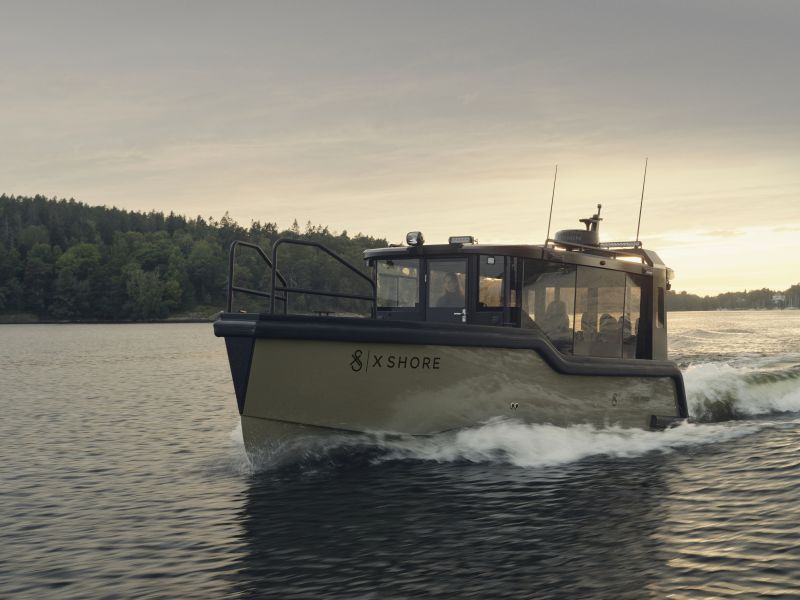High-Tech Innovations Making Transport Greener
The transportation industry is undergoing significant transformations with the integration of high-tech innovations aimed at reducing environmental impact. Here are the key developments:
– **Virtual Reality in Training**: Interactive simulations and virtual reality are revolutionizing transportation training by providing realistic practice environments. This technology helps in teaching and retaining skills, especially for drivers, without physical risks.
– **Sustainable Transportation**: The push for sustainability is reshaping vocational training in transportation. Training programs now emphasize efficient vehicle maintenance techniques, renewable energy usage, and waste reduction strategies. This includes essential topics like battery management and charging infrastructure for electric vehicles.
– **Autonomous Vehicles**: As autonomous vehicles advance, vocational training is shifting focus to new skill sets. These programs equip professionals to handle and maintain these high-tech machines, including understanding AI systems, troubleshooting advanced sensor technology, and integrating autonomous vehicles into current fleets.
– **Green Logistics and Technology**: Green logistics involves incorporating environmentally friendly practices into logistics and supply chain management. This includes strategies like optimizing transportation routes to cut down on carbon emissions, using eco-friendly packaging materials, and integrating reverse logistics. Green technology, such as electric vehicles, route optimization software, and eco-friendly packaging materials, plays a vital role in enabling these green logistics practices.
– **Battery-Powered and Hydrogen-Powered Trains**: Innovations in rail transport include the use of battery-powered trains (BEMUs) and hydrogen-powered trains. These alternatives to diesel trains are increasingly replacing diesel trains on non-electrified regional lines, reducing emissions and improving passenger comfort.
– **Energy Efficiency in Rail Transport**: Rail transport is also focusing on energy efficiency through technological improvements. Innovations such as weight reduction, synchronous traction motors with permanent magnets, and innovative HVAC systems have led to significant reductions in energy consumption. For example, high-speed trains have achieved an energy KPI improvement of 3.77%, while regional trains have seen reductions of 14.19% and 12.35% in specific energy consumption per km.



